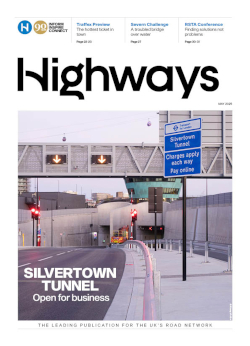The data, containing collision and casualty data up to October 2016 along with other performance data up to December 2016, shows fatal casualties along the A9 corridor within the monitoring area have dropped by over 37% and serious injury casualties by 45% when compared with the equivalent benchmark period.
This report also identifies significant reductions in the number of drivers detected speeding when compared to enforcement figures before the cameras were installed. This significantly increased level of compliance again supports the change in driver behaviour now evident on the route. The main points from the data monitoring are:
- The number of fatal casualties between Dunblane and Inverness is down by over 37% compared to the baseline average
- The number of serious injury casualties between Dunblane and Inverness is down by almost 45%
- The overall number of casualties of all classes between Dunblane and Inverness is down by over 37%
- The significantly reduced number of vehicles exceeding the speed limit continues to be sustained
- The number of vehicles detected by the ASC system which were considered by Police Scotland for further action has remained constant at an extremely low average level of around 11 per day (less than 0.03% of the overall volume of vehicles using the route).
Commenting on the release of data which covers the first two years of the A9 Interim Safety Plan, Stuart Wilson, Chair of the A9 Safety Group, said, 'These most recent figures continue to demonstrate that driver behaviour on the A9 between Dunblane and Inverness has significantly improved since the introduction of average speed cameras, with the number of overall casualties down by 37%. Improvements have been seen both north and south of Perth, journey times are more reliable and this vital route has seen fewer incidents and delays. The A9 dualling is underway and users of the route will soon be able to benefit from these works.
'We are pleased that the number of vehicles travelling at excess speed is down by 95% over this period, and that measured journey times remain consistent and within the original estimated range. Figures from Police Scotland also demonstrate that there is a 63% reduction in the number of drivers detected for speeding offences.
'Whilst these figures are encouraging, we will continue to monitor the A9 to further improve the safety of the route. The A9 Safety Group, which met in Inverness earlier this week, has been proactive in running safer driving campaigns on the route in previous years and intends to launch a summer campaign which will focus on driver distraction.'





